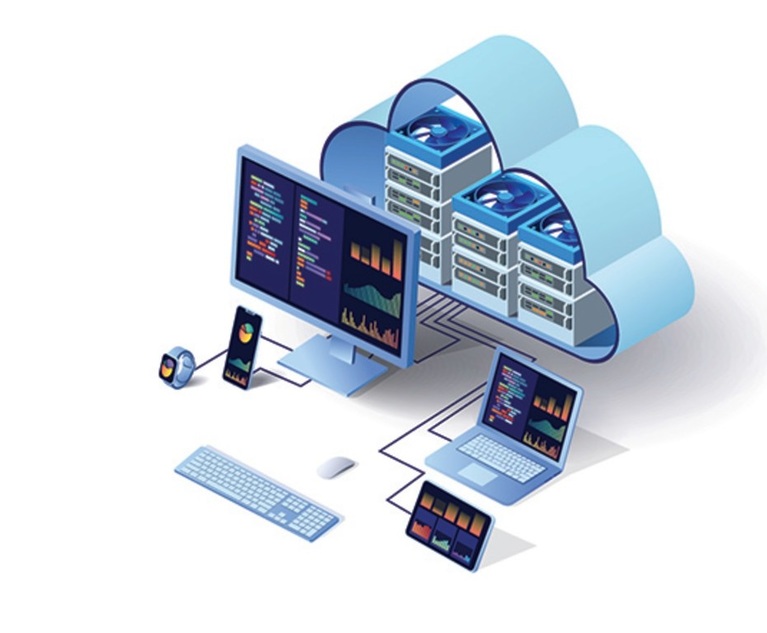 As data volumes continue to experience exponential growth, businesses of all sizes—even those that traditionally resisted the change—are embracing cloud models. From a business perspective, the transition to the cloud allows businesses to manage data, reduce costs, and take advantage of the efficiencies and analytics offered by third-party cloud providers. From a legal perspective, the cloud introduces a unique shared responsibility model that many businesses are only now coming to appreciate; specifically, although the cloud provider may house the data and provide functionality for access and data security controls, the legal obligations remain the responsibility of the business procuring these services. In fact, with the two most important controls—access and data—responsibility rests wholly with the business procuring the service.
As data volumes continue to experience exponential growth, businesses of all sizes—even those that traditionally resisted the change—are embracing cloud models. From a business perspective, the transition to the cloud allows businesses to manage data, reduce costs, and take advantage of the efficiencies and analytics offered by third-party cloud providers. From a legal perspective, the cloud introduces a unique shared responsibility model that many businesses are only now coming to appreciate; specifically, although the cloud provider may house the data and provide functionality for access and data security controls, the legal obligations remain the responsibility of the business procuring these services. In fact, with the two most important controls—access and data—responsibility rests wholly with the business procuring the service.
Comparison to Traditional Models
In the shared responsibility model, the business does not have full dominion over its software, hardware, and threat landscape—it’s connected within the cloud model and stored on someone else’s servers. A business’s most sensitive data may be transferred to and stored by thousands of different cloud providers, each with their own unique processes and functionality that are typically designed for mass use, rather than bespoke to the business’s needs. There are also a variety of cloud computing services, including Infrastructure-as-a-Service (IaaS), Platform-as-a-Service (PaaS), and Software-as-a-Service (SaaS). For simplicity, this article refers to all cloud computing models as the “cloud”; however, appropriate controls may depend on the cloud model and type of technology. This means that, in order to assess, implement and manage appropriate controls, the business must conduct an individualized assessment of each cloud provider. In effect, the shared responsibility model is a decentralized model that requires customization for each cloud service used by the business.






